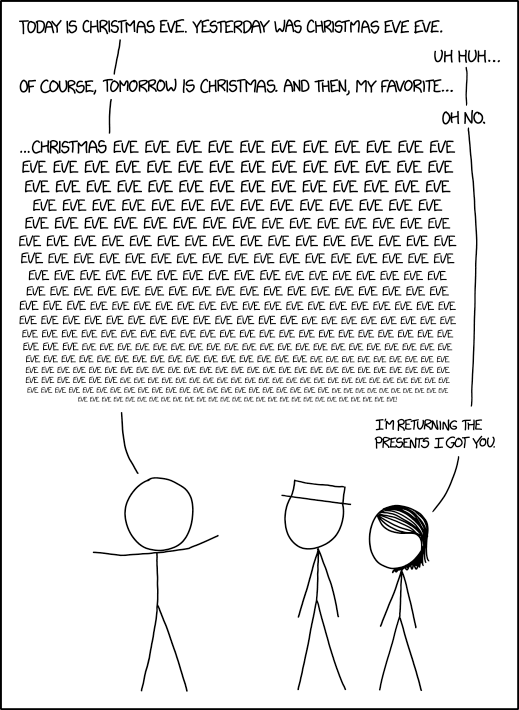Here was our view of the political landscape back in 2019.There are a few tweaks I might make (and I did fix some typos), but it's still a pretty good framework for how we're approaching the news.
MONDAY, OCTOBER 7, 2019
Out with the Wages of Strauss, in with the Great Unwinding
We have reached a point in the show which always makes the fans a little nervous. we have decided that one of our oldest and biggest storylines is starting to come to a natural conclusion so we need to begin wrapping up the loose ends and introducing the next one.
For years now, when it came to politics, the big recurring story was what you might call the wages of Strauss. we pushed the we pushed the idea that either the main cause or the essential context of almost every major political development over the past couple of decades came from the conservative movement's relatively public conclusion that their agenda, while it might hold its own for a while and perhaps even surge ahead now and then, was destined to lose the battle of public opinion in the long run.
This left them with two choices, either modify their ideas so that they could win over the majority of the public, or undermine the democratic process through a Straussian model, an approach based on controlling most of the money and increasing the influence that could be bought with that money, changing government so that an ever smaller part of the population had an ever-larger role in governing the country and creating a sophisticated three-tiered information management system where trusted sources of information were underfunded and undermined, the mainstream press was kept in line through a combination of message discipline and incentives with special emphasis placed on working the refs, and the creation of a special media bubble for the base which used spin, propaganda, and outright disinformation to keep the canon fodder angry, frightened, and loyal.
For a long time this approach worked remarkably well, but you could argue that the signs of instability were there from the beginning, particularly the difficulty of controlling the creation and flow of disinformation, the vulnerability to what you might call hostile take over, and the way the system lent itself to cults of personality.
We've had a good run with this storyline for a long time now, but it seems to be coming to a resolution and it has definitely lost a great deal of its novelty. (Lots of people are making these points now.)
The next big story, one which we believe will dominate American politics for at least the next decade or so will be how the Republican party deals with the unwinding of the Trump cult of personality. Dismantling such a cult is tremendously difficult under the best of circumstances where the leader can be eased out gently, but you have with Donald Trump someone who has no loyalty to the party whatsoever and who is temperamentally not only capable but inclined to tear the house down should he feel betrayed.
If Trump continues to grow more erratic and public disapproval and support for his removal continues to grow, then association will be increasingly damaging to Republicans in office. However, for those same politicians, at least those who come up for election in the next two to four years, it is not at all clear that any could survive if the Trump loyalists turned on them.
But this goes beyond individual candidates. Trump's hold on the core of the base is so strong and so personal that, if he were to tell them directly that the GOP had betrayed both him and them, they would almost certainly side with him. They might form a third party, or simply boycott if you elections, or, yes, even consider voting for Democrats.. I know that last one sounds unlikely but it is within the realm of possibility if the intraparty civil war got bitter enough.
Obviously, if Trump survives this scandal and is reelected in 2020, all of this is moot, but if not, then how things break will be a story we’ll be glad to have been following.







.jpg)




.jpg)
.jpg)
.jpg)
.jpg)
.jpg)
.jpg)
